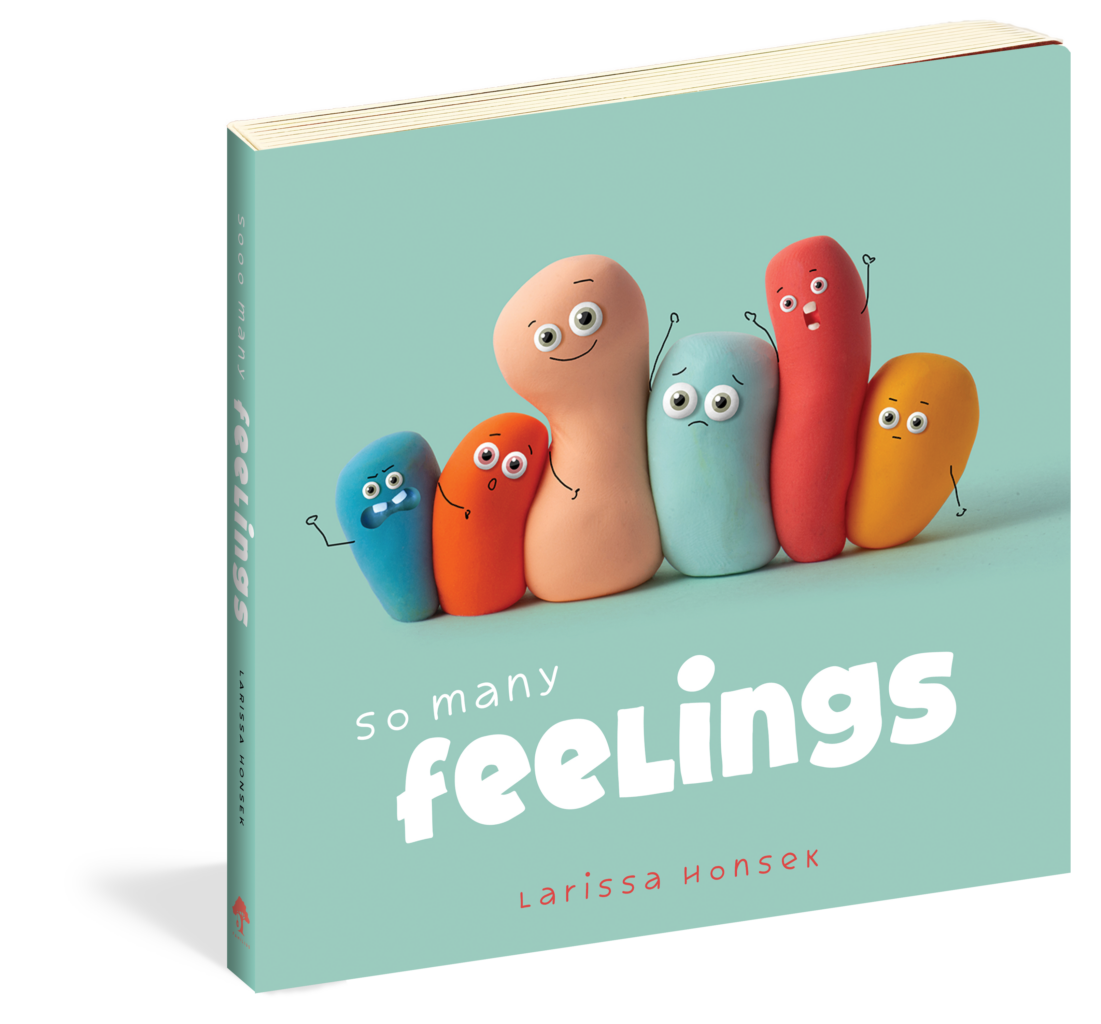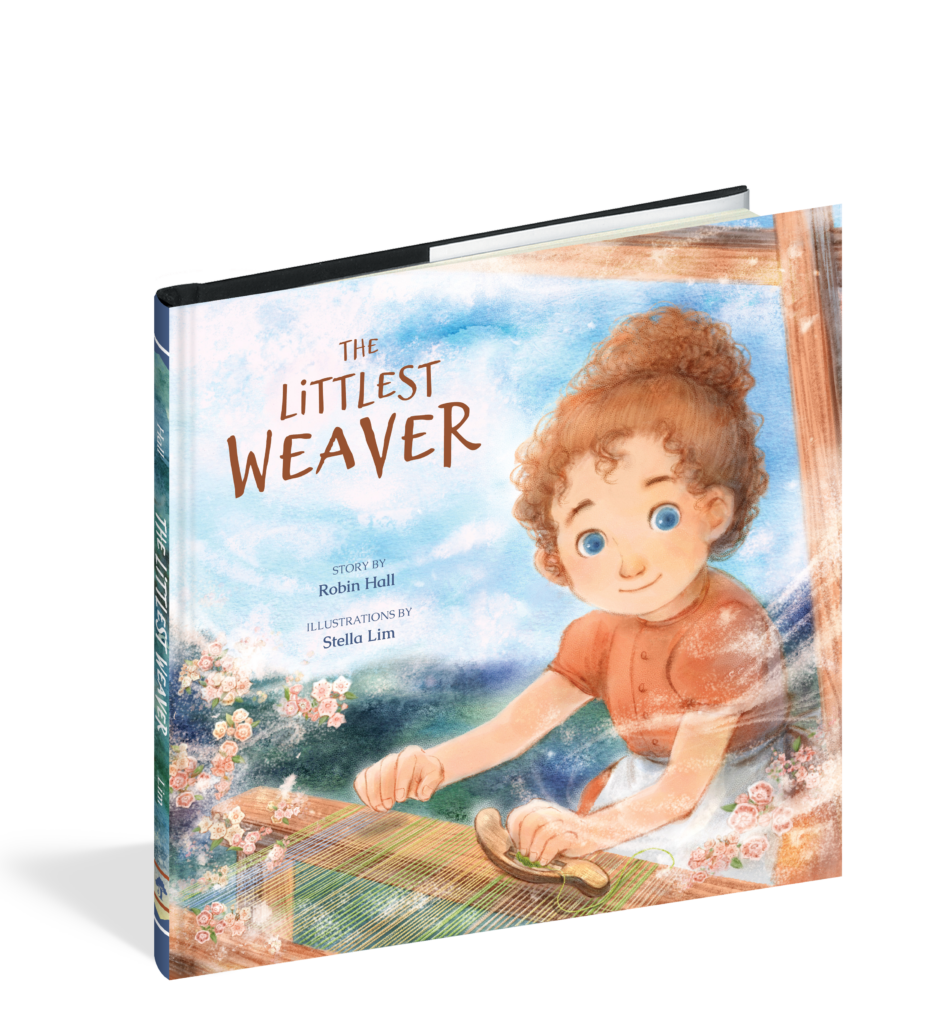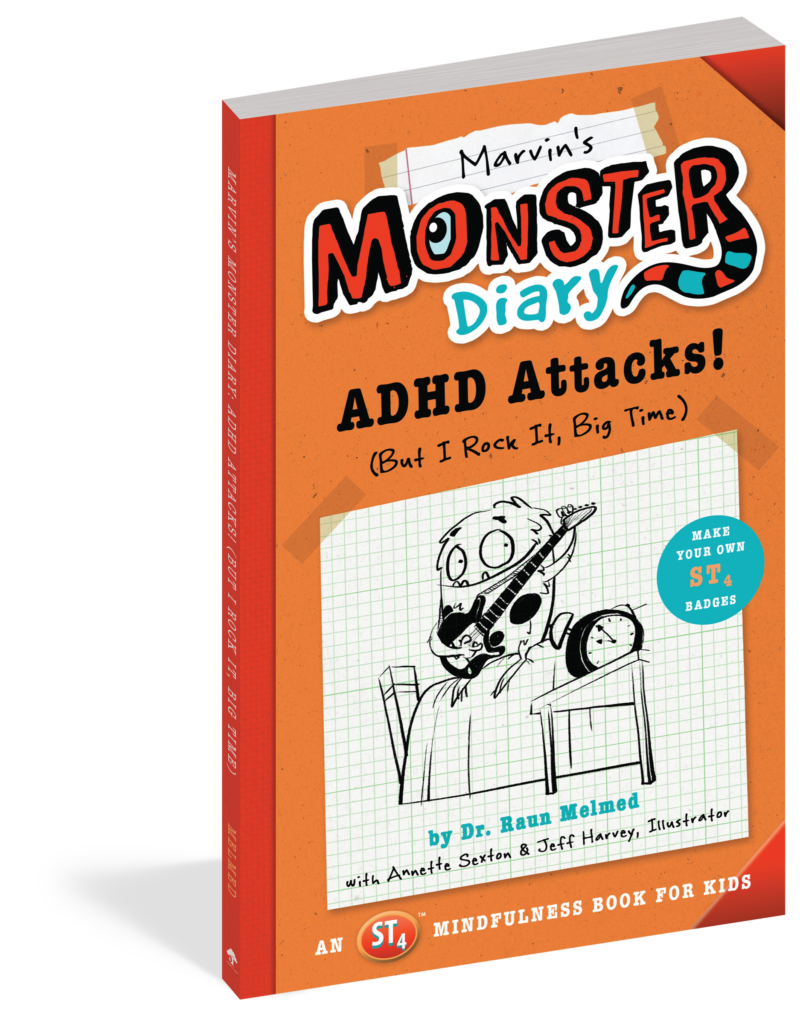
Improving Your Child’s Well-Being through Storytelling
We love telling and listening to stories, and they have so many great benefits for kids. But did you know that storytelling can also improve your child’s well-being?
Books, musicals, plays, conversations—there are so many ways to tell stories. And here at Familius, we’re kind of obsessed with storytelling, and for good reason: storytelling can have a huge impact on your child’s development and well-being.
How Storytelling Influences Development and Well-Being
Throughout the ages, storytelling has been a form of entertainment, both for pure fun and for informing others of our life events. This is how people would communicate and pass on their traditions, starting with cave drawings that evolved into oral traditions and now the stories we read. Storytelling is still everywhere today. It’s in the books we read, the posts and videos we see online, and the conversations we have everyday. But why is it so important?
For kids, storytelling is one of the first interactions they have with the world. It sets the tone for their future, influencing the development of cognitive, emotional, and social skills, which contribute to a well-rounded and resilient psychological foundation:
Cognitive Development
Storytelling helps children develop cognitive skills such as language comprehension, vocabulary, and memory. Listening to stories stimulates the brain and encourages cognitive growth.
Imagination and Creativity
Stories fuel a child’s imagination and creativity. They expose children to different worlds, characters, and scenarios, encouraging them to think creatively and envision possibilities beyond their immediate surroundings.
Communication Skills
Exposure to storytelling helps improve language skills. Children learn new words, sentence structures, and communication patterns by hearing stories. This lays the foundation for effective verbal communication and expression.
Cultural Understanding
Stories often reflect cultural values, traditions, and societal norms. Through diverse stories, children gain insights into different cultures, fostering an appreciation for diversity and a broader understanding of the world.
Emotional Intelligence
Stories often depict characters facing challenges, making choices, and experiencing emotions. By relating to these characters, children learn about empathy, emotions, and the consequences of actions.
Morals and Values
Many stories include moral lessons and ethical dilemmas. Exposure to these stories helps children understand right from wrong, learn about values, and develop a sense of morality. They learn about consequences and the importance of making ethical decisions.
Attention Span and Focus
Listening to stories requires concentration and attention. Regular exposure to storytelling can contribute to the development of a child’s attention span and focus, valuable skills for academic and personal success.
Bonding and Social Skills
Storytelling often involves interaction, whether it’s a parent reading to a child or children sharing stories with each other. This fosters a sense of connection, strengthens relationships, and enhances social skills.
Problem-Solving Skills
Stories often present characters encountering challenges and overcoming obstacles. This helps children learn about problem-solving, critical thinking, and resilience as they navigate through the narratives.
Literacy
Children often hear stories before they begin to read or write. And the ones who are familiar with stories are more likely to develop an interest in reading and writing. This early exposure to storytelling lays the foundation for literacy skills, serving as a precursor to formal literacy instruction.
Positive Bedtime Ritual
Incorporating storytelling into bedtime routines can have a calming effect on children. Listening to stories at bedtime creates a positive association with sleep, helps in winding down, and establishes a comforting bedtime ritual.
Family Connection
Storytelling often involves passing down family stories from one generation to the next. This helps children feel connected to their family history and cultural heritage.
14 Easy Ways to Use Storytelling to Enhance Your Child’s Well-Being
Storytelling in its conversational form comes so easy to most of us that we don’t put any thought into how to make it better for our kids. (Outside of reading a book written by a master storyteller, that is.) Enhancing your child’s well-being through storytelling involves creating a positive environment and choosing the right stories to give your kids a boost where they need it. Here are some tips to get you started:
1. Choose Empowering Stories
Select stories that feature characters overcoming challenges, facing fears, or solving problems. These narratives can inspire resilience and a positive mindset in your child.
2. Encourage Emotional Expression
Use stories to initiate conversations about emotions. Discuss characters’ feelings, and ask your child how they would react in similar situations. This helps children articulate and understand their emotions.
3. Create Personalized Stories
Craft stories that incorporate your child’s experiences, fears, or triumphs. Personalized narratives provide a safe space for expression and allow your child to feel seen and understood.
4. Create Stories Together
Create stories with your child. This collaborative process allows them to contribute to the narrative and can enhance their sense of agency and well-being.
5. Explore Emotional Themes
Introduce stories that specifically address emotions and mental well-being. Books that explore topics like anxiety, friendship, self-esteem, or kindness can serve as tools for discussing these important aspects of mental health.
6. Practice Mindfulness Storytelling
Integrate mindfulness into storytelling by using calming language, focusing on sensory details, and incorporating relaxation techniques. This can help children develop mindfulness practices for stress management.
7. Use Metaphors and Allegories
Share stories with metaphors or allegorical elements that reflect emotional struggles and growth. Discussing these symbols can provide insights into your child’s thoughts and feelings.
8. Promote Empathy
Choose stories that highlight empathy and understanding. Discuss characters’ perspectives and motivations, emphasizing the importance of compassion and kindness.
9. Incorporate Positive Affirmations
Integrate positive affirmations into stories to boost your child’s self-esteem. Reinforce positive messages that emphasize their strengths, talents, and the value they bring to the world.
10. Establish a Storytelling Routine
Make storytelling a regular part of your routine, whether at bedtime, playtime, or all the time. Consistent storytelling sessions create a sense of predictability and comfort, contributing to emotional stability.
11. Encourage Creative Expression
Support your child in creating their own stories, drawings, or even a journal where they can express their thoughts and feelings. This creative outlet promotes self-expression and emotional release and enhances their language skills.
12. Connect Stories to Real-Life Solutions
Discuss how characters in stories handle challenges and find solutions. Help your child apply these problem-solving strategies to their own life, fostering a proactive approach to difficulties.
13. Use Storytelling for Coping Strategies
Share stories that model healthy coping strategies. This could include characters practicing mindfulness, seeking support from friends, or engaging in activities that bring them joy.
Our personal favorite example of this is Marvin’s Monster Diary, a hilarious early-reader chapter book with doodles, loveable monsters, and strategies for managing ADHD.
14. Explore Various Storytelling Mediums
Utilize different mediums such as books, audio stories, or visual storytelling. This variety adds richness to the storytelling experience and caters to different learning preferences.
Stories That Enhance Children’s Well-Being

So Many Feelings

The Littlest Weaver

Marvin’s Monster Diary
Shaelyn Topolovec earned a BA in editing and publishing from BYU, worked on several online publications, and joined the Familius family. Shae is currently an editor and copywriter who lives in California’s Central Valley.
